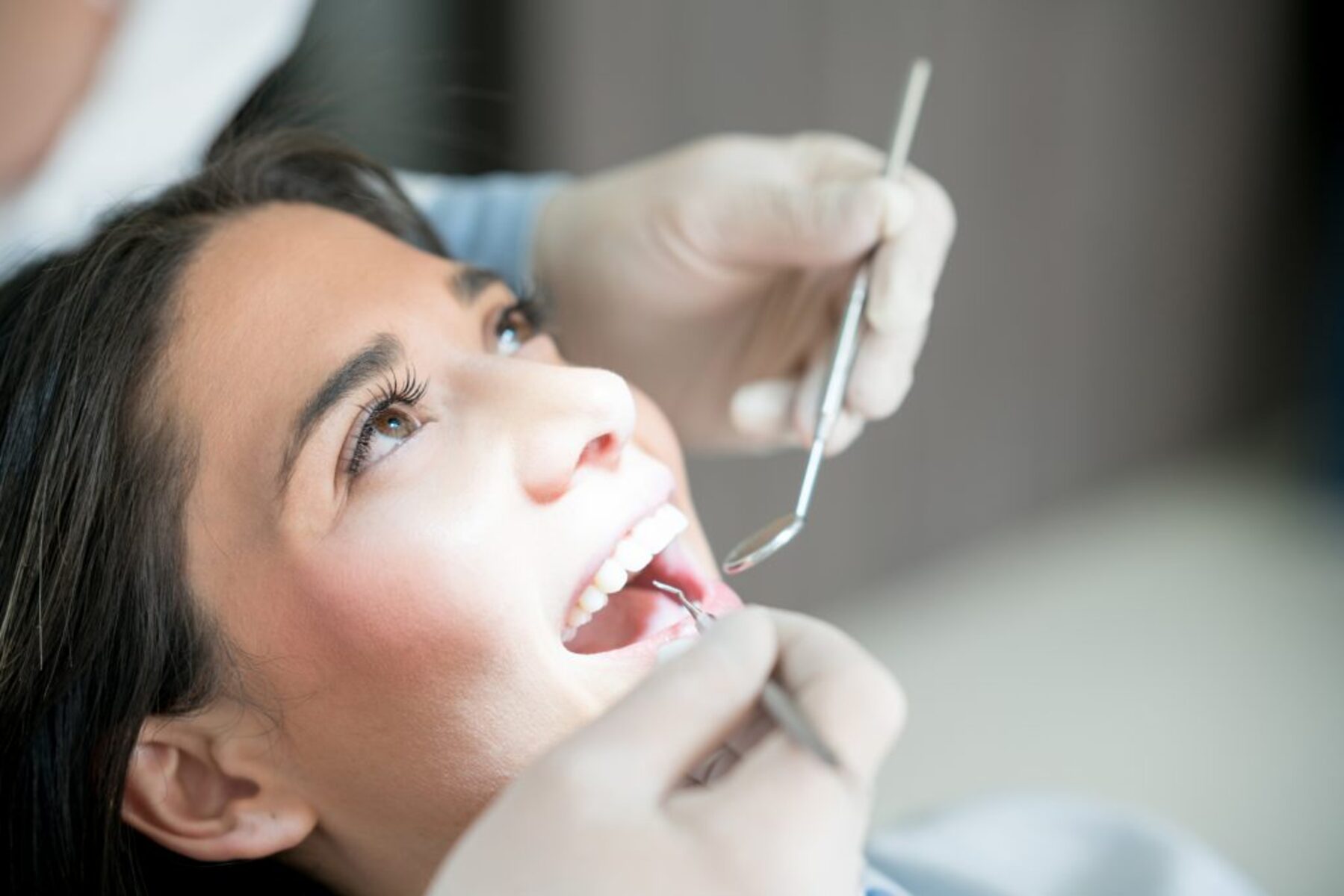Are you searching for teeth cleaning near you? You may have been attending teeth cleaning sessions but you’ve never really known exactly what happens when you are in that reclining chair. Between the strange noises, prodding, and occasional jaw discomfort, you may be curious to know what is going on in your mouth.
A teeth cleaning is an important appointment that everyone should consider scheduling regularly. You should visit a dental hygienist for various reasons. Among the major advantages of dental cleaning, appointments are that they remove tartar and plaque build-up, reduce your risk of gum diseases and prevent worsening of cavities. Here is a detailed guide on what happens when you visit your dental office for dental cleaning near you.
A physical exam
Prior to the actual teeth cleansing process, a dental hygienist will first examine the entire mouth. Using a mirror, the hygienist will check around your gums and teeth for any signs of gum disease or other dental problems.
During this inspection, a hygienist may ask whether you have any dental concerns. If they notice any unusual concerns like dark spots on your teeth, the dental hygienist may call a dentist in.
Digital X-rays
This step is usually for first-time patients or those who haven’t had a dental cleaning in over six months. Digital X-rays examine your mouth and teeth for oral issues such as gum disease, tumors/cysts, bone loss, movement of teeth, tooth decay, and bone loss. This test will determine the kind of treatment you need for the best teeth cleaning near Kissimmee.
Removing tartar and plague
With the mirror, a dental hygienist will use a handheld tool (scaler) to remove tartar and plaque from tooth surfaces. A hygienist may use a manual scaler to scrap off small deposits of tartar. However, if there is a large tartar deposit, an ultrasonic scaler can be used. This electronic scaler gently vibrates together with a stream of water to remove large amounts of tartar around your teeth.
Polishing
After removing tartar and plaque, the teeth are polished to remove any remaining stains. The hygienist uses special gritty toothpaste and a high-powered toothbrush. You can choose from a wide range of toothpaste flavors. The paste is applied to the toothbrush to thoroughly clean your teeth. This polish makes it difficult for plaque to build up. It also leaves your teeth clean, shiny, and smooth.
Expert flossing
Whether you floss at home or not, professional flossing is a key step in teeth cleaning. Professional flossing gets in between your teeth including those trouble spots. Professional flossing also removes any leftover plaque that might have been stubborn and difficult to remove during polishing. The level of flossing required may also depend on the flossing techniques you use at home.
Fluoride
After scaling and polishing, your dentist near you may recommend a fluoride treatment. Fluoride is a mineral used by dentists to protect your teeth against decay during acid attacks and strengthen the enamel.
During this treatment, the dentist will insert a mouthpiece full of a gel fluoride solution over your teeth for approximately one minute. It is important to note that some dentists only recommend fluoride treatment to patients who are at moderate to severe risk. This is mainly because fluoride is readily available in drinking water, mouthwash and toothpaste.
Final examination
Now that your teeth are cleaned, a dentist may want to perform a final inspection. This step is to examine your teeth alignment and check for grinding issues and gum disease. The dentist will also take a look at the digital X-rays for any additional concerns with your teeth. Some dentists will also examine the depth of your gingival pockets, test for oral cancer, and evaluate dental restorations like dental fillings or bridges. Always make sure that you visit the best dentist office near you and maintain biannual appointments.
